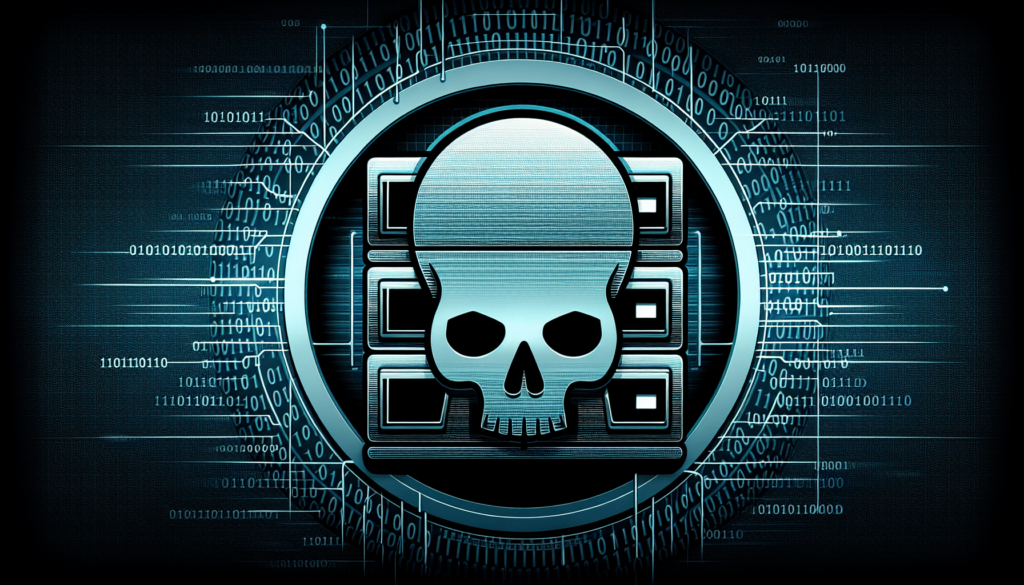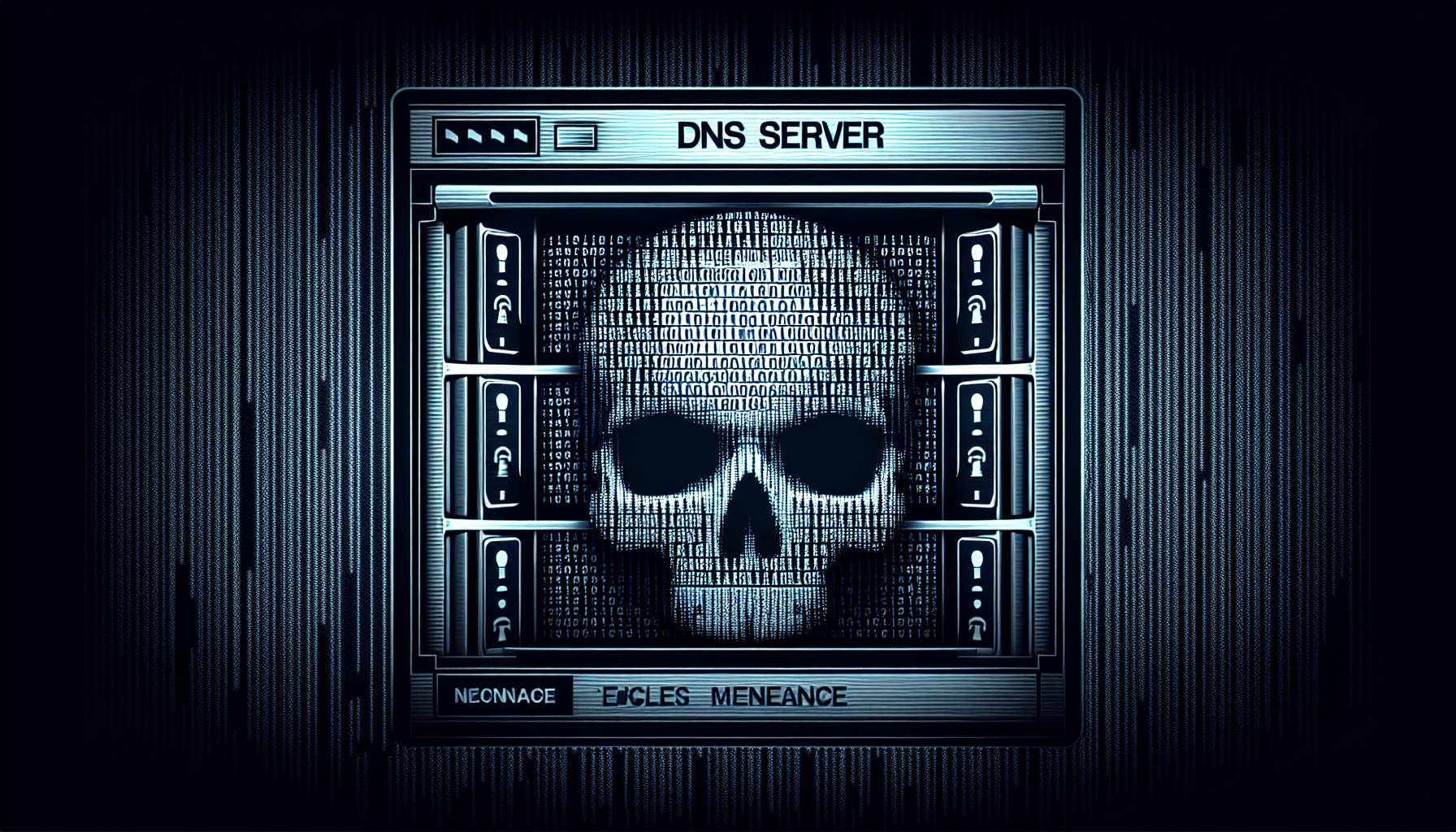Have you ever wondered how cybercriminals keep finding new ways to exploit vulnerabilities in systems? It might surprise you, but they always seem to be a step ahead, devising ingenious methods to infiltrate and control networks. Recently, a new DNS-based backdoor threat was discovered at a Taiwanese university that sheds light on this evolving menace. Let’s dive into this intriguing yet alarming development and understand what it means for the world of cybersecurity.
Discovery of the New Threat
A newly identified security threat utilizing a rarely seen DNS-based communication method has been unearthed by threat analysts in an attack against a Taiwanese university. Dubbed Backdoor.Msupedge, this malicious software communicates with its command-and-control (C2) server via DNS traffic, a technique that, while known, is infrequently utilized by cybercriminals.
Symantec’s Role in the Identification
Symantec, a global leader in cybersecurity solutions, was quick to report the detection. Their deep-dive into this threat revealed its sophisticated attempts to fly under the radar. The ability of Msupedge to blend in with normal traffic makes it particularly elusive and dangerous.
The Method Behind the Madness
So how does this backdoor operate? It’s not your everyday malware. Msupedge functions as a dynamic link library (DLL). Once installed in specific file paths within a compromised system, it can execute commands sent through DNS queries. This method allows it to remain concealed and exert stealthy control over infected machines.
Understanding DNS-Based Communication
DNS, or Domain Name System, is essentially the phonebook of the internet. It translates domain names into IP addresses so that browsers can load internet resources. Typically, DNS is not scrutinized as heavily as other forms of traffic, making it an attractive avenue for cyber attackers.
How DNS Queries Work in Msupedge
One of the standout features of Msupedge is its ability to modify behavior based on the resolved IP address from the DNS query. Specifically, it uses the third octet of the resolved IP address as a switch to determine the command to execute. This could range from creating a new process, downloading files, or making the system enter a sleep state for a specified period.
Evasion through DNS Traffic
This use of DNS traffic not only aids in evasion but also enhances the control cybercriminals have over the infected system. Since DNS is a fundamental part of internet architecture and often overlooked in network monitoring, Msupedge’s traffic blends seamlessly with legitimate queries, making it harder to detect.

Capabilities of Backdoor.Msupedge
Symantec’s investigation revealed several versatile commands that Msupedge supports. These commands make it a powerful tool in the hands of cybercriminals. Here’s a breakdown:
| Command | Function Available |
|---|---|
| Creating a process via DNS TXT records | Enables running new tasks stealthily |
| Downloading files from URLs | Facilitates adding malicious or helpful (for attackers) files |
| Inducing sleep modes | Allows the system to go inactive, evading detection during idle times |
| Deleting temporary files | Ensures removal of any traceable temporary files |
Creating Processes via DNS TXT Records
Command and control through DNS TXT records offer a unique and undetectable method to create processes in the infected machine. This flexibility means that the attacker can constantly evolve their strategy based on real-time needs.
File Downloading and Execution
The capability to download files from URLs sent via DNS queries is another concerning feature. This allows an attacker to continuously update or add malicious software to the system, increasing the potential for harm.
Inducing Sleep Modes
Inducing sleep modes in the infected machine for up to 24 hours hides the malware activity during idle times and makes it significantly harder to detect during regular scans or monitoring.
Removing Temporary Files
By removing temporary files, Msupedge ensures minimal traces are left behind, furthering its stealthy operation. This is a crucial tactic that helps in evading forensic analysis.
Exploiting the PHP Vulnerability – CVE-2024-4577
The initial entry point for this attack is believed to be a recently disclosed PHP vulnerability, specifically CVE-2024-4577. This vulnerability impacts all PHP versions installed on Windows systems.
Details of CVE-2024-4577
This flaw, described as a CGI argument injection vulnerability, can lead to remote code execution, a critical concern for any system administrator. Here’s a concise breakdown:
| Vulnerability | Description |
|---|---|
| CVE-2024-4577 | A CGI argument injection vulnerability affecting PHP versions on Windows, leading to potential remote code execution. |
Implications for Administrators
For administrators managing Windows-based web servers, this is a serious vulnerability. Ensuring all systems are patched and up-to-date is crucial to mitigate this risk. The vulnerability could allow attackers an entry point to exploit further, as seen with the Msupedge backdoor.

Symantec’s Findings and Recommendations
As the investigation continued, Symantec observed multiple threat actors scanning for vulnerable systems. Despite extensive analysis, they have not yet attributed this threat to a specific group, and the motives remain unclear. However, they have mobilized efforts to safeguard systems against this new threat.
Indicators of Compromise (IOC)
Symantec has provided a list of indicators of compromise (IOC) to help identify and mitigate the threat. These are crucial for security teams and administrators to integrate into their monitoring systems.
Mitigation Strategies
To defend against this kind of advanced threat, Symantec recommends the following actions:
- Patch Management: Ensure all systems, especially those running PHP on Windows, are up-to-date with the latest security patches.
- DNS Monitoring: Implement robust DNS traffic monitoring and anomaly detection.
- Incident Response Planning: Have a well-defined incident response plan that includes steps for dealing with backdoor threats.
- Network Segmentation: Segment critical parts of the network to reduce the spread of the infection.
- User Education: Regular training and awareness programs for users to prevent common intrusions.
The Bigger Picture
This newly discovered threat underscores how sophisticated and stealthy cyber attacks have become. Msupedge is a stark reminder of the constant arms race between cybersecurity professionals and cybercriminals.
The Evolving Threat Landscape
The use of a rarely seen DNS-based communication in Msupedge highlights the evolving nature of cyber threats. It indicates a shift towards more covert and intricate methods of establishing control and extracting data.
Importance of Advanced Threat Detection
This discovery emphasizes the need for advanced threat detection systems that go beyond traditional methods. Implementing machine learning and AI-driven security solutions can help in identifying anomalies that might otherwise go unnoticed.

Response from the Cybersecurity Community
The cybersecurity community has taken this discovery seriously. Collaborative efforts are in place to understand, contain, and mitigate such threats. Forums, webinars, and conferences have been buzzing with discussions on improving defenses against such backdoor attacks.
Webinars and Conferences
Knowledge sharing through these platforms helps foster a united front against cyber threats. Participating in these events can keep you updated on the latest threats and mitigation techniques.
Collaborative Defense Strategies
A collaborative approach towards defense strategies is crucial. Sharing threat intelligence, IOCs, and best practices can significantly bolster the overall security posture.
Looking Ahead: Preparing for Future Threats
As we look ahead, it becomes evident that preparation and proactivity are key in cybersecurity. Regular updates, diligent monitoring, and a culture of security awareness go a long way in defending against such sophisticated attacks.
Embracing New Technologies
Adopting cutting-edge technologies like AI, machine learning, and behavioral analytics can enhance threat detection and response capabilities. Being proactive rather than reactive is the need of the hour.
Continuous Learning and Adaptation
Cybersecurity is a constantly evolving field. Continuous learning and adaptation to new threat vectors and defensive technologies will help maintain a robust security posture.

Conclusion
The discovery of Backdoor.Msupedge at a Taiwanese university is yet another reminder of the relentless and ever-evolving nature of cyber threats. Through its ingenious use of DNS-based communication, it has showcased the lengths to which cybercriminals will go to maintain stealth and control. By staying informed and proactive, leveraging advanced technologies, and cultivating a culture of continuous improvement, we can better protect our systems from such emergent threats. Keeping up with security advisories, patching vulnerabilities promptly, and educating users are fundamental steps in this ongoing battle. The cybersecurity community, armed with shared knowledge and collaborative efforts, remains ever-vigilant to stay one step ahead of these ingenious attackers.
Source: https://www.infosecurity-magazine.com/news/dns-based-backdoor-taiwanese/

